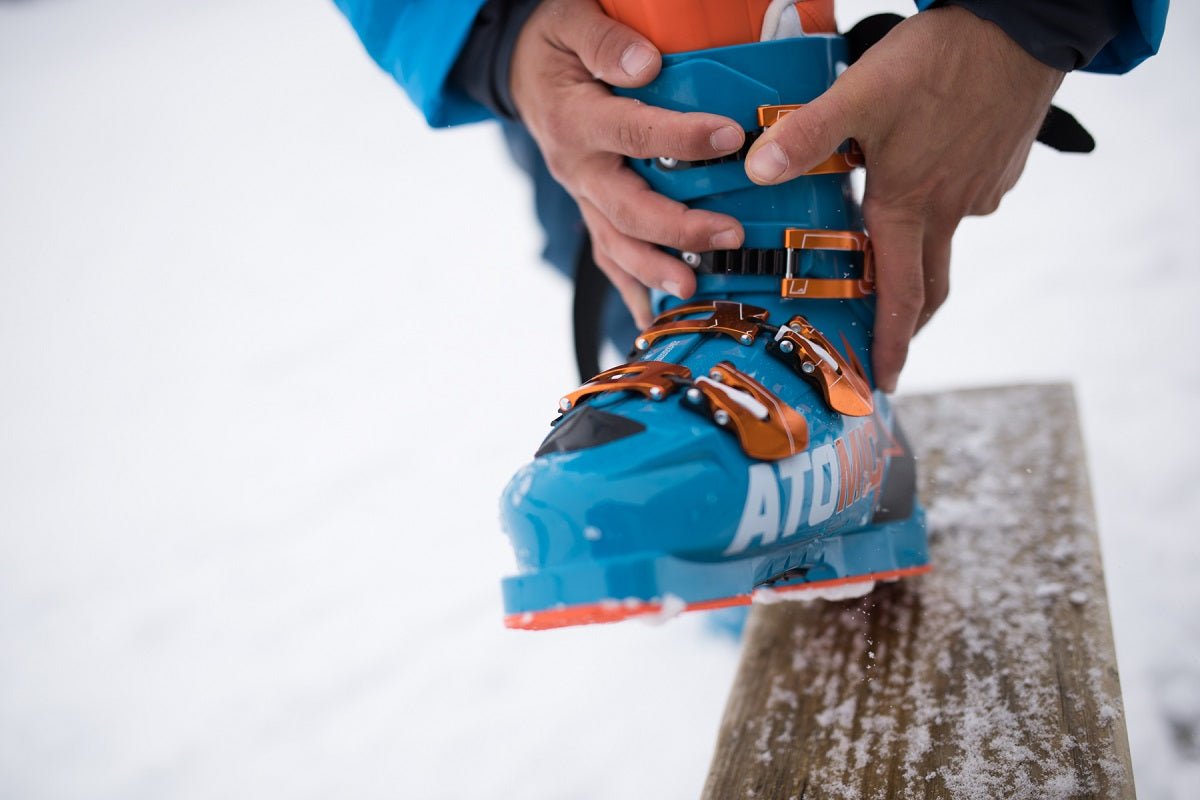Understanding Bootfitting: Cuff Adjustment
One of the many important components of bootfitting is cuff alignment. If you're not familiar with this adjustment, you're not alone.
Take a look at your boots and you'll see an adjustable hinge on one or both sides of the ankle where the upper and lower parts of the boot connect. This contact point controls the lateral position of the upper cuff.
So what does this mean? It means that those of us with less than perfect body alignment can also enjoy a day of skiing with precise control. Not everyone needs to make this adjustment, but we do have to tweak it during the vast majority of boot fits that we complete. A cuff adjustment will help your skiing. If your legs don't connect with your boots perfectly, the bottoms of your skis won't connect perfectly either.

The process of adjusting the cuff is pretty simple. Feel free to make soem adjustments yourself, but do come and see us if you want to get it spot on. start off barefoot with your footbed in the boot. With a natural stance, put forward pressure on the boot as you shin make contact with the centre of the boot's tongue. If this is off, we can adjust the alignment up and in or down and out to accommodate the variety of feet out there. Once this adjustment is all worked out, you'll feel a more solid connection between your skis and the snow. Performance upgrade!
One thing we should note is the confusion between cuff alignment and canting. The difference can be rather confusing as some boot markers label the cuff alignment as a "canting" adjustment. Canting refers to an adjustment in the sole of the boot where it makes contact with the bindings. To adjust canting, you have to grind the boot's sole down. We don't recommend doing that at home.

